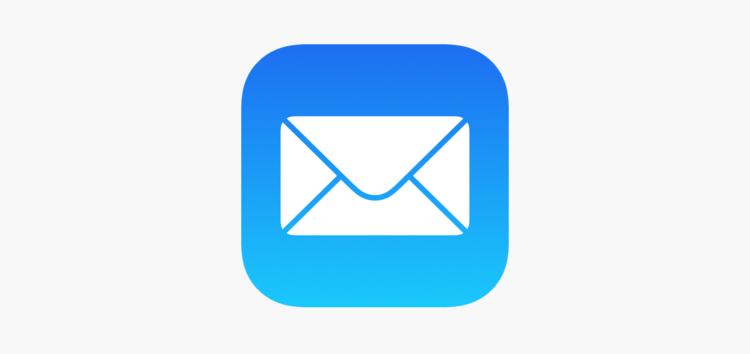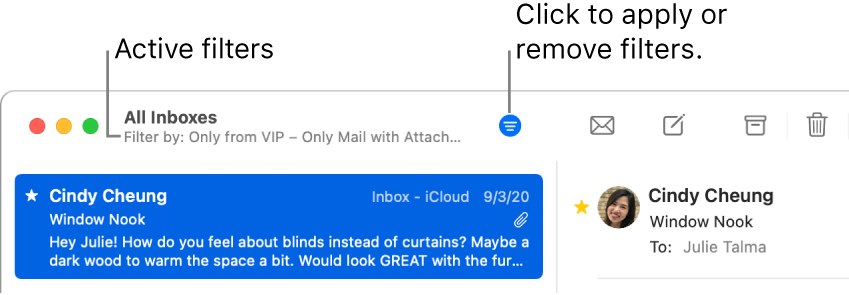

Instead of the traditional browser experience, you can make Google Docs, Sheets, and Slides work like desktop apps with a simple, intuitive interface that makes it a breeze to work across multiple windows. It boasts a ton of features that you can tailor to work the way you want.


If Gmail is your email provider of choice, you’ll love this app that lets you use G Suite and Gmail on your Mac.
#BETTER SEARCH TOOL FOR MAC MAIL FREE#
Price: $99 per year for Personal Plan (14-day free trial) It would be nice if it had functionality to add existing email accounts too. What could be better: You are obligated to use a new hey.com email address with this service. What we love: This service gives you a whole new fresh start with email and is a must-try if you want to declutter your life and start over. Pretty nifty!įurther, for $99/year, you get some neat features like read receipt blocking, email screening, reply later reminders, etc. When someone messages you for the first time on your hey.com account, they land in The Screener, from where you decide if you’d like to let them through to your inbox or not. What sets it apart is a screening system that lets you decide who gets to email you. It’s definitely worth checking out if you want to switch over from Gmail, Yahoo, Outlook, and the other major providers. For more info, see Set up a mail merge list with Word.From the team that gave the world the popular team management app Basecamp, Hey is an email service and app designed to reinvent digital communication. Word data file is a data source you can create on the fly, within Word. See Use Outlook contacts as a data source for a mail merge Outlook Contact List contains data in a format that can be read by Word. For more info, see Prepare your data source in Excel for a mail merge in Word for Mac. Excel spreadsheets and Outlook contact lists are the most common data sources, but if you don't yet have a data source, you can type it up in Word, as part of the mail merge process.Įxcel spreadsheet works well as a data source if all data is on one sheet and the data is formatted so that it can be read by Word. Your first step in setting up a mail merge is to pick the source of data you'll use for the personalized information. This type of document is also called a catalog merge.Ĭreate a directory of names, addresses, and other information Use it to print out your contact list, or to list groups of information, like all of the students in each class. You'll be sending the email directly from Word.Įnvelopes or Labels where names and addresses come from your data source.Ĭreate and print a batch of envelopes for mailingĬreate and print sheets of mailing labelsĭirectory that lists a batch of information for each item in your data source. Each letter prints on a separate sheet of paper.Ĭreate and print a batch of personalized lettersĮmail where each recipient's address is the only address on the To line. Letters that include a personalized greeting. Follow the links for details about each type: Word provides tools for incorporating your data into the following kinds of documents. Use Outlook contacts as a data source for a mail merge If you know you'll be using Excel or Outlook as the source of your data, see: If you don't yet have a data source, you can even type it up in Word, as part of the mail merge process.įor details about data sources, see Data sources you can use for a mail merge.

Excel spreadsheets and Outlook contact lists are the most common data sources, but any database that you can connect to Word will work.


 0 kommentar(er)
0 kommentar(er)
